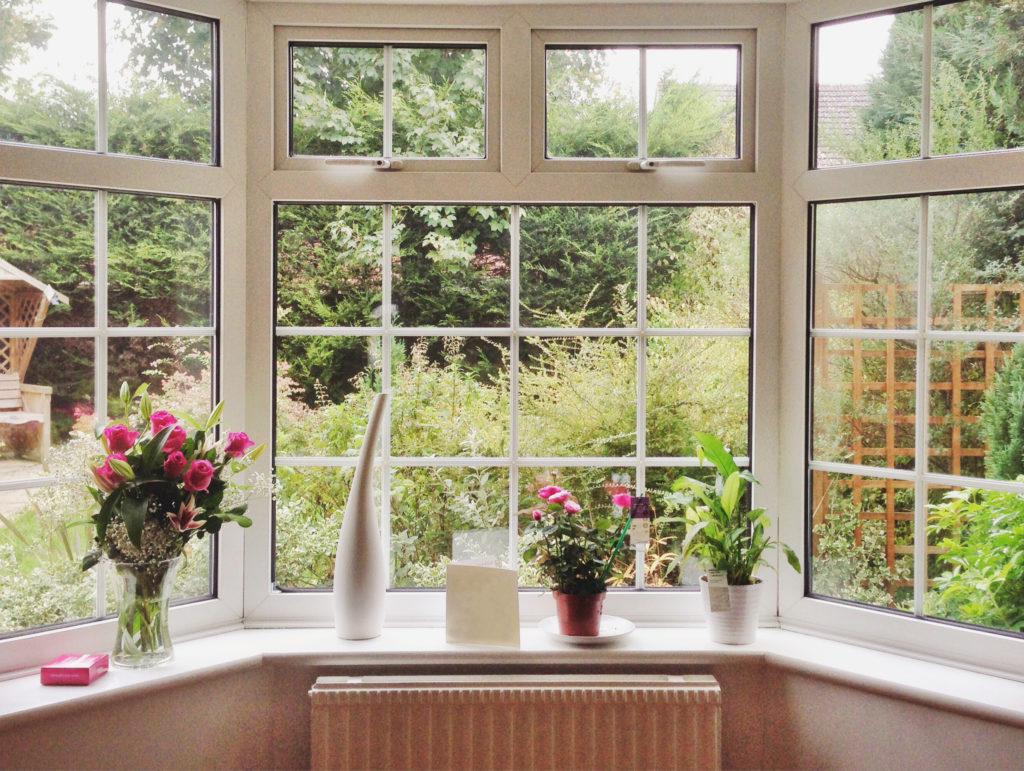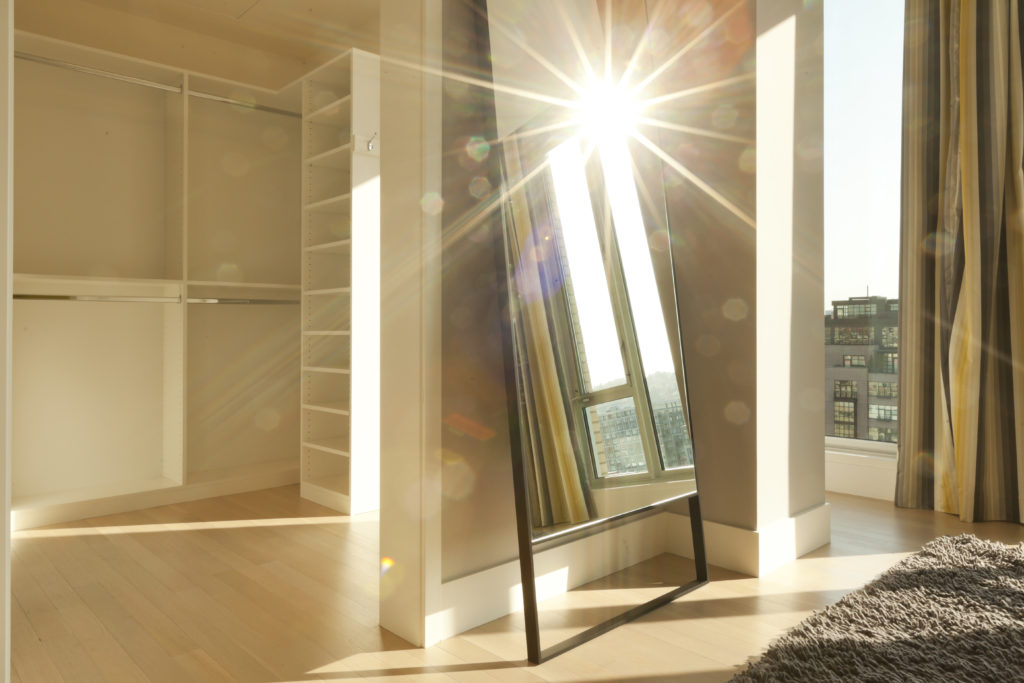Infusing Your Spaces with Natural Light
Which do people prefer – natural or artificial light? Most will vote natural light for the win. Natural light is defined as “light from the sun”. The benefits that come from sunshine are incomparable. Indeed, the sun is a form of natural medicine.
The use of sunshine in indoor spaces can quickly improve mental and physical health and enhance the performance of everyday tasks and office work. The positive atmosphere created by daylight can significantly lift energy levels by increasing the body’s production of serotonin. Not only can sunshine lift energy and mood, but it can also have a calming effect, so adding a bit of sunshine can be useful in in-home office spaces where many may get stressed while completing their work. In fact, research has shown that a bright atmosphere and a glance out the window can decrease the chance of headaches and calm the mind.
As COVID took over our normal everyday lives, more and more people started working from home as workplaces shut down. This encouraged many to create in-home offices out of any available space, which often meant in little used and dark areas of their homes. Working all day in a small space with little or no natural light is very difficult for the body and the mind. The cure? Introducing more sunlight.

Optimizing the existing windows in a home is the easiest way to achieve more natural light. In homes that may not have sufficient window area, it is common to feel the need to add more. If contemplating adding more windows, consideration should be given to where those windows might be placed, as well as any ancillary benefits they could provide. Clearly, windows can not only maximize the amount of natural light entering a space, they can also serve as walls, doors, and focal points and provide for home ventilation.
Windows come is all shapes and sizes. The most common windows used in homes are basic functional and non-functional windows. A working example of non-functional is a fixed window, which is a type that does not open. These work well in instances where the desire is to have a larger window, even one from ceiling to floor. Used in this way, fixed windows can turn into wall paneling (a single window), or a wall of windows. Such an arrangement is a good one to choose if the windows’ main purpose is to allow natural light and the exposure is appropriate. In other instances, it may be preferable to install hinged or sash windows that can be opened to take advantage of breezes and let in fresh air.




Because windows can oftentimes serve multiple structural, aesthetic and practical purposes, their design possibilities are endless. Pairing larger windows with a window seat, for example, can create a peaceful enclave, additional storage and extra seating while increasing the introduction of sunlight. Bay windows, which are often used as mini greenhouses, not only provide shelving for indoor plants, but add visual interest to the interior and exterior of the home. Likewise, sliding glass doors, glass accordion doors and French patio doors, while not windows, per se, can instantly brighten up most any home. Adding one of these to a bedroom, living room, or kitchen permits easy access to the outdoors and allows residents to stay connected to nature while inside.



In all functions of windows, adding insulation makes it more efficient to maintain the climate inside any space. The way to do this is to use two or more panels of glass, instead of the usual one panel. The space between the multiple glass panes allows an insulated air space, which can reduce the amount of heat being transferred in and out of the house, as well as help with noise levels. Maintaining a stable climate in homes is essential in strong weather of each season.


But windows are not the only solution. Another way to focus on natural light is to plan the home’s design and interior finishing around the light. This can be done by placing furniture in a way that it favors where the light is coming from and treating it as a focal point. Another way to maximize lighting is to add mirrors. A full length or small mirror on a wall facing the source of natural light can make the room look full and bright.


Rooms with bountiful natural light will generally be used most often. Our bodies naturally gravitate towards sunshine, as it makes us happy and keeps us healthy. Whether renovating an old space or designing a new build, considering the importance of natural light and the ways to utilize it through windows is a healthy design choice for any interior. Infusing any space with natural light allows for an energizing and uplifting environment, which may lead to happier occupants.
By Kiera Gulley

